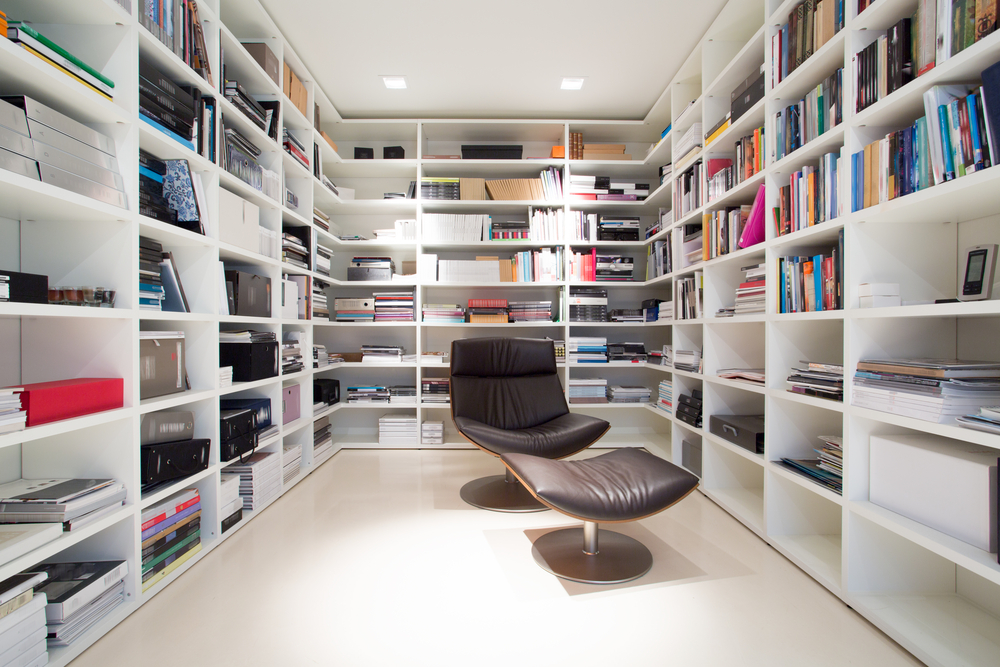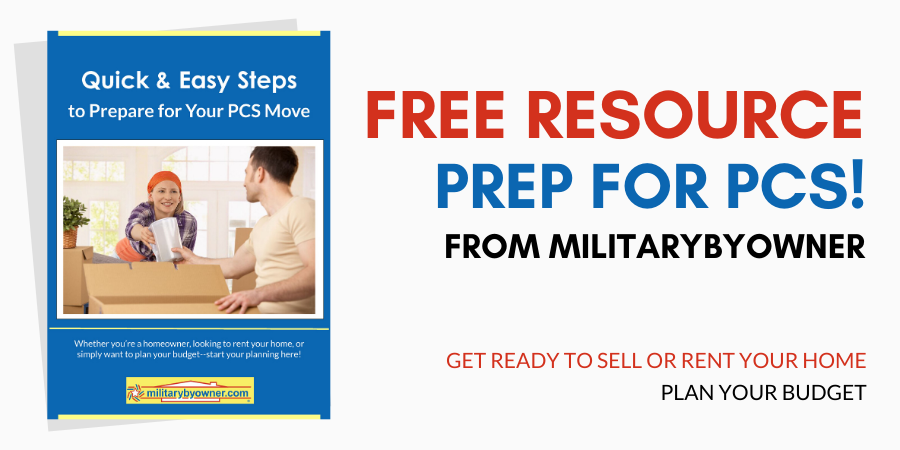How to Stay Organized While Unpacking Your New Home
Is there anything more daunting than seeing your new home filled to the brim with poorly-packed cardboard boxes? Don't worry—you can smooth out many move-in bumps by determining your priorities and applying organizational techniques to the chaos.
 Photo from Canva
Photo from Canva
1) Pre-Plan Before the Boxes Arrive
Before the military movers arrive, think about how you would like their assistance. Some families prefer that movers only help with large items, such as furniture placement and bed setup. Others take advantage of the moving company’s contractual obligations, which vary. The language often requires them to unbox everything and place the items on a safe surface, but not necessarily where they logically go—drinkware in cabinets, for example.
Part of preserving your sanity is deciding whether you want everything left boxed in the appropriate rooms or everything laid out and boxes removed.
Either way, you’re left with the nitty gritty of unpacking, which can be overwhelming if you don't have a plan. First, give yourself grace. Realize that moving is stressful and the process is rarely perfect. Most military families have at least one box stored in the garage that goes unopened!
Don’t forget to inquire about the empty boxes. Depending on the moving company, they will remove what you’ve emptied that day only, while some will return to collect, and others will leave them entirely in your care to discard. Learn the recycling days for your street and consider posting online to offer the remaining boxes to other military families in need.
Create an unpacking plan tailored to your family's priorities.
Most military families prefer a working kitchen, bathroom, and bedrooms over a functioning living room and garage. The sooner these key spaces come together, the faster things feel normal. But your family may have different priorities. Perhaps a homeschool space or home office is more important because of due dates and work obligations.
 Photo from Shutterstock
Photo from Shutterstock
Decide which rooms are most important and start there. Older kids should be able to empty the boxes in their rooms and begin to put away bedding and decorative items. In many cases, younger kids won’t be able to physically help unload, so defining an area where they are out of the way of foot traffic and have access to solid entertainment is a high priority.
If you prefer, create a written schedule of which rooms to unload on which days. This technique helps visualize progress and adds another level of organization.
Locate your necessities.
Some items, such as a week’s worth of clothing and toiletries, are helpful to have on hand during the actual drive or plane trip. Other necessary items should be boxed and labeled clearly to retrieve quickly.
These items could include small hand tools, pet accessories, essential paperwork, and extra phone chargers.
Plan a design for each room.
Step back and try to envision the space as a whole. Movers should place large furniture and rugs before unloading too many boxes in the room to ensure there's room for everything and prevent you from doing unnecessary heavy lifting. If you had access to the house before moving day, a visual reminder is helpful to communicate with the movers where the furniture goes.
Do your best to avoid multiple rounds of moving furniture, which mitigates damage to the floor and furniture pieces. Later, when time permits, lay artwork against the walls in approximate placement before adding the holes.
2) Practical Tips to Unpack the Whole House
- Unpack your most essential items first.
- Create a design plan for each room to avoid moving furniture again.
- Tackle the details that lay the groundwork for future unloading. Line your pantry before putting away groceries, and insert shelving systems in closets before emptying wardrobe boxes.
- Early on, consider having groceries delivered. Food on hand helps everyone feel more at home.
- Take a break from unpacking to visit a local attraction or a fun store, even if you're not unpacked yet. An ice cream run usually brings smiles all around.
- After you complete most of the work, don’t toil in the remaining chores you’ve put off. Schedule a small amount of time each day to finalize details in the home, then move on to meeting neighbors and enjoying your new location.
 Photo from Canva
Photo from Canva
3) Cleaning Up After the Big Unpack
Hopefully, you purged unnecessary items before you left your last duty station, but military life often leaves short timelines to manage an entire household pack-out. If you’ve uncovered items that should have never made it onto the moving truck, make their disposal part of your move-in plan by assigning space in the garage or basement for an eventual run to the garbage dump or donation center.
Military moving is not easy. Use these moving checklists to organize your move and de-escalate the stress of moving into your new home. Weeks later, when there are few quiet moments, make a note about how to handle the next move more efficiently. Each PCS is a learning experience that will make the next one better.






